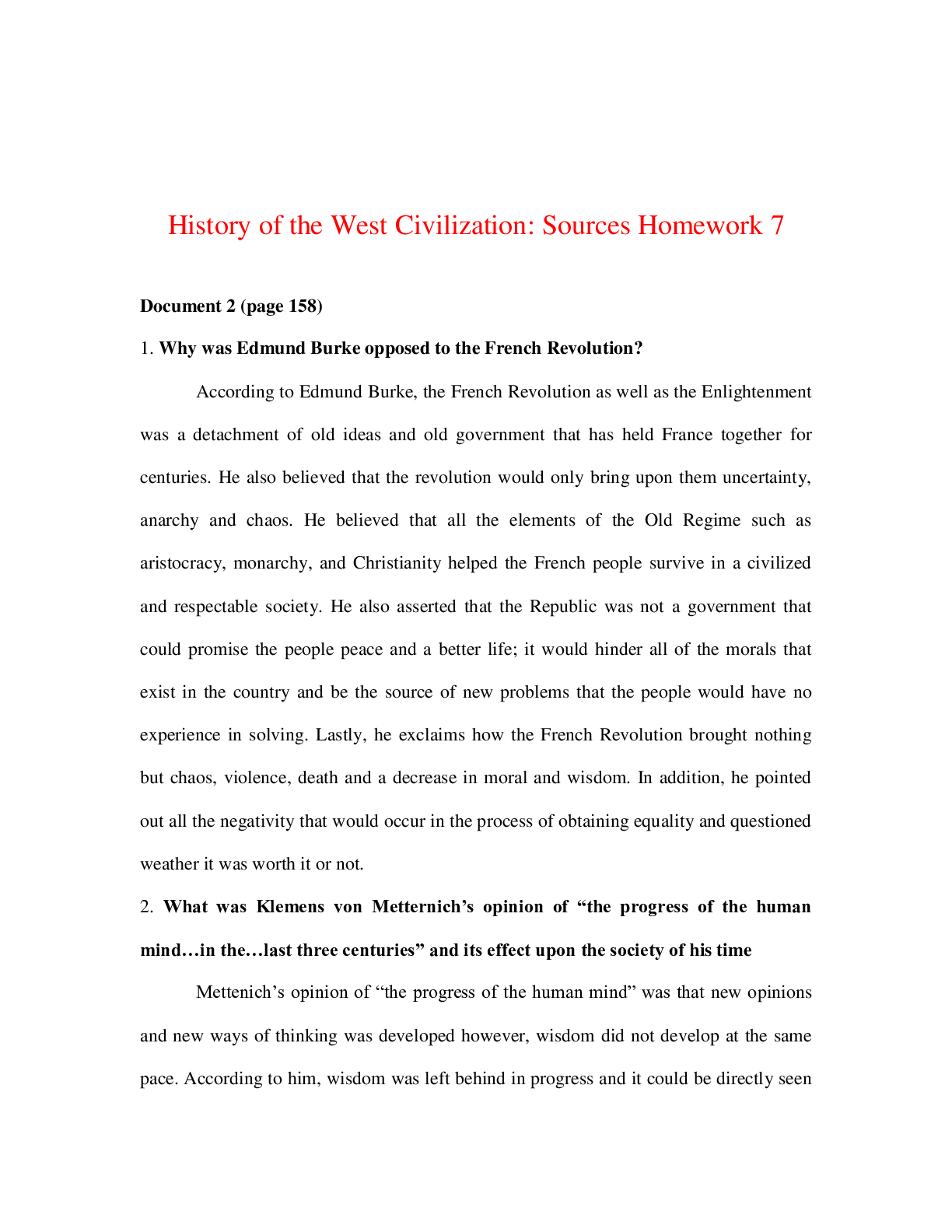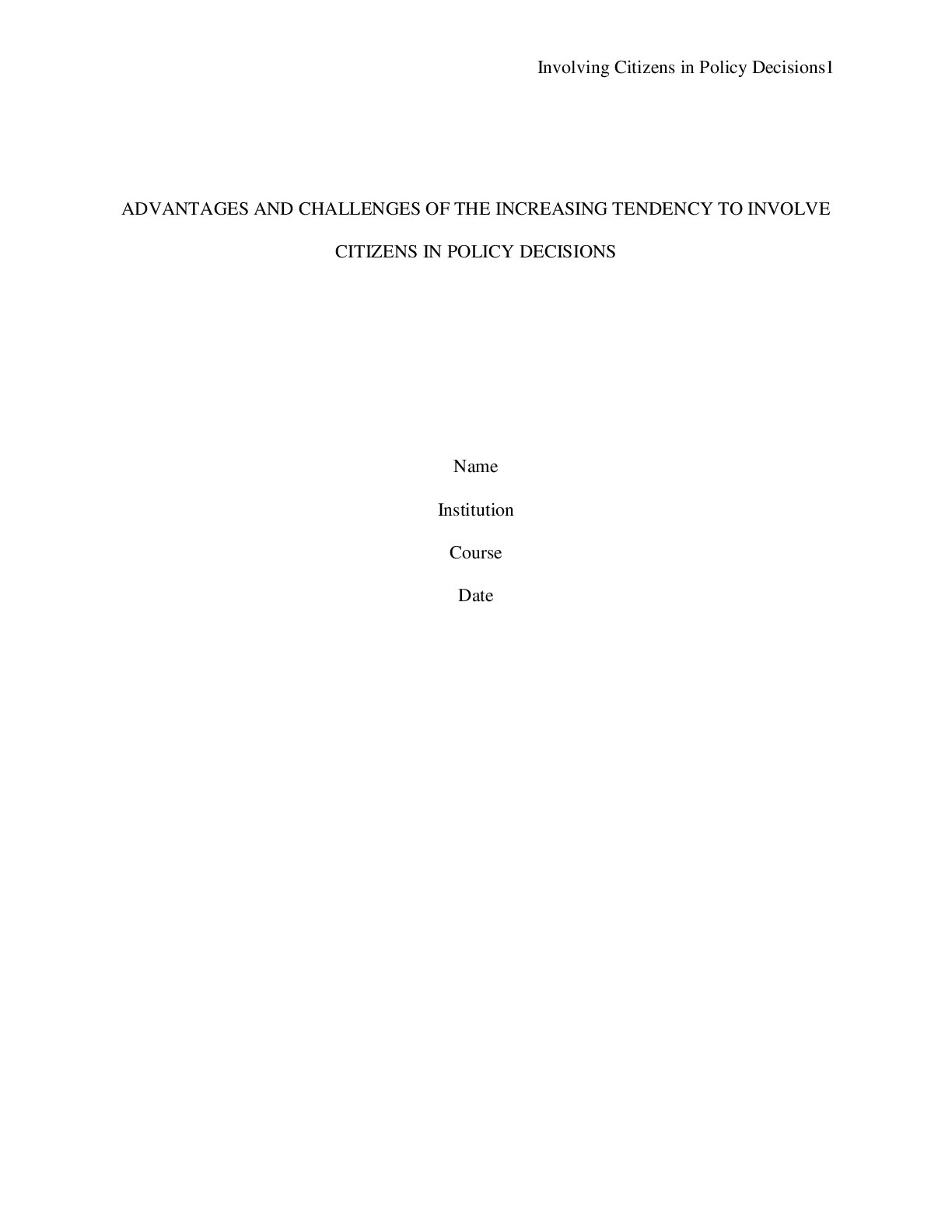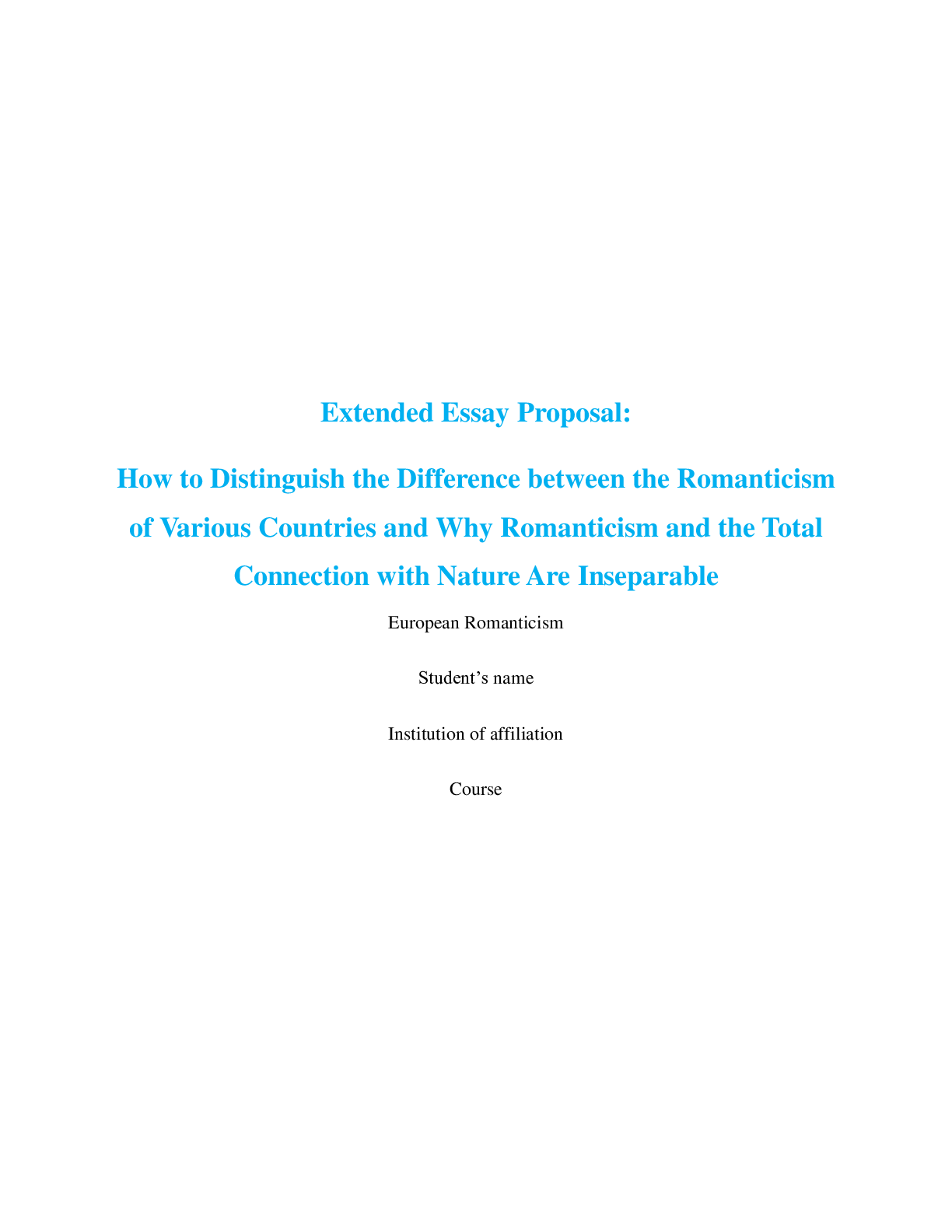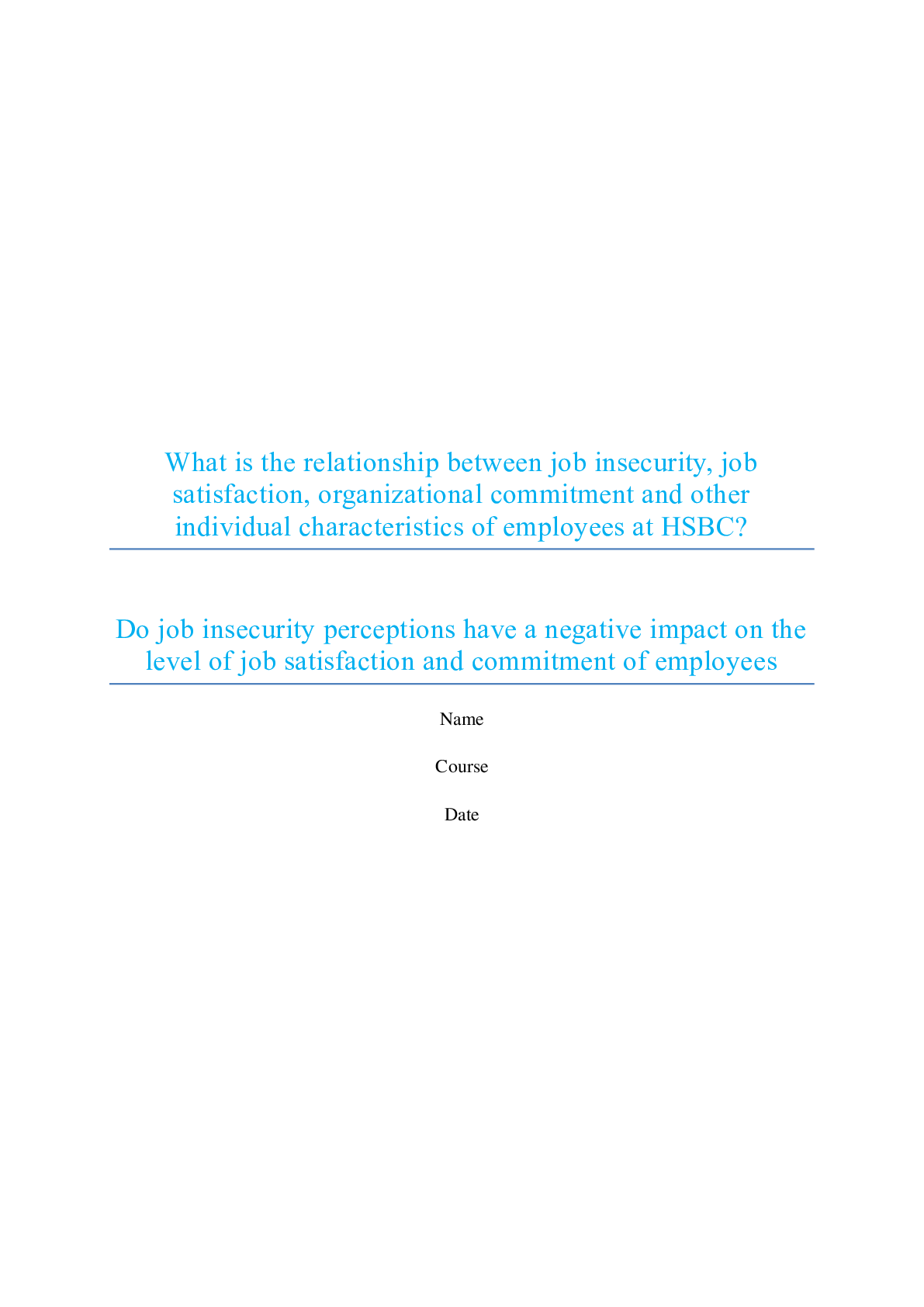Agricultural Studies > Research Paper > IRRIGATION MANAGEMENT PRINCIPLES (All)
IRRIGATION MANAGEMENT PRINCIPLES
Document Content and Description Below
There is increasing pressure worldwide on available water resources. These pressures arise from a number of factors, including growing populations, increased wealth and urbanization, increased indus... trialization, and demands from society and environmental groups for safeguards to protect water resources and the aquatic environment. In many locations climate change is adding to these pressures. In many countries irrigated agriculture consumes a large proportion of the available water resources, often over 70% of the total. There is considerable pressure to release water for other uses, and as a sector, irrigated agriculture will have to increase its efficiency and productivity of water use. A new era is dawning for water management in the irrigated agriculture sector, where the management effort and returns to management are required, recognized and rewarded. This book draws on the author’s experience and work over 30 years and in some 28 countries in the management, operation and maintenance of irrigation and drainage schemes. The book provides knowledge for management of irrigation and drainage systems in the 21st century, covering the traditional technical areas related to system operation and maintenance and expanding managerial, institutional and organizational aspects related to the changing political, social and economic environment. It lays emphasis on the management of irrigation as a business enterprise, moving management thinking out of traditional public sector mindsets to more customer-focused, performance-oriented service delivery. A significant proportion of the irrigation and drainage systems worldwide are manually operated gravity systems managed by government agencies with large numbers of water users farming relatively small landholdings. The total area worldwide in this category is over 165 million ha, which is over 60% of the total area irrigated worldwide. It is in such systems where improvements in management are most required, and in which the most substantial benefits can be obtained. The book seeks to provide practical guidelines to improve the three key processes of management, operation and maintenance of such systems. In the management context it deals with institutional issues, such as water law, and management structures and management processes, including establishing and working with water users associations, restructuring irrigation and drainage agencies, fee setting and cost recovery. [Show More]
Last updated: 2 years ago
Preview 1 out of 386 pages

Buy this document to get the full access instantly
Instant Download Access after purchase
Buy NowInstant download
We Accept:

Reviews( 0 )
$19.50
Can't find what you want? Try our AI powered Search
Document information
Connected school, study & course
About the document
Uploaded On
Aug 23, 2021
Number of pages
386
Written in
Additional information
This document has been written for:
Uploaded
Aug 23, 2021
Downloads
0
Views
64














